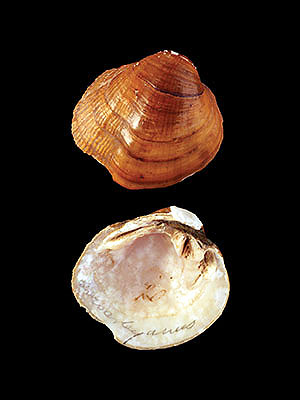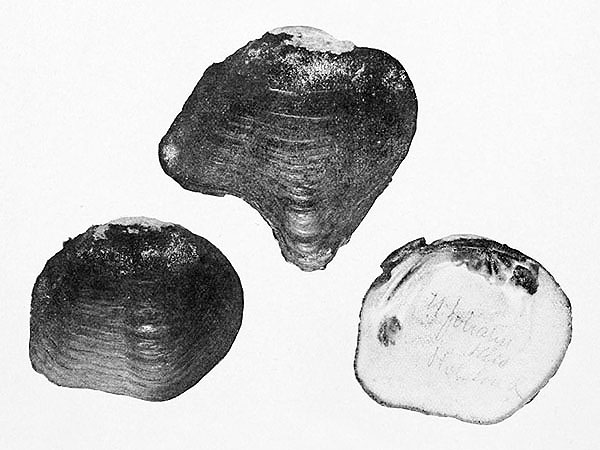Carolina Parakeet (Conuropsis carolinensis ssp. carolinensis)
The Carolina Parakeet was one of only two parrot species that are truly native to the USA (the other one is the Thick-billed Parakeet (Rhynchopsitta pachyrhyncha (Swainson)) which, however, is now extinct there and only survives in northern Mexico).
The Chickasaw people named the bird ‘kelinky’, the Seminoles again named it ‘pot pot chee’ or ‘puzzi la née’.
The species had a very wide distributional area in the southern USA, where it inhabited old-growth wetland forests along rivers and swamps. The parakeets had a preference for the seeds of the Rough Cocklebur (Xanthium strumarium L.) (see lso depiction below), a plant that contains toxic glucoside, making the flesh of the birds poisonous to predators (the American naturalist and painter John J. Audubon noted that cats apparently died from eating them).
***
The Carolina Parakeet was considered a crop pest and birds were shot by the thousands. Some also ended in the feather trade, in which it apparently was especially popular to dye the originally very colorful birds completely black – such blackened specimens are still kept in several museums.
The last known Carolina Parakeet, a male named Incas, died in the Zoo of Cincinnati, Ohio at February 21, 1918. Yet, in the wild the species apparently survived for several years longer, this can be assumed from eggs that are kept in a museum and that had been collected in Florida in the year 1927.
***
The Carolina Parakeet wasn’t particularly popular in the aviculture, especially because of its loud, harsh voice, however, the ornithologist Hans Freiherr von Berlepsch at the end of he 19th century kept a free-flying population in Germany which, being well-adapted to the European climate was thriving very well. This little population, that could have been the lifeline for the whole species, however, was shot by the innkeeper of a little pub in a neighboring village within only two days.
*********************
edited: 20.01.2020



